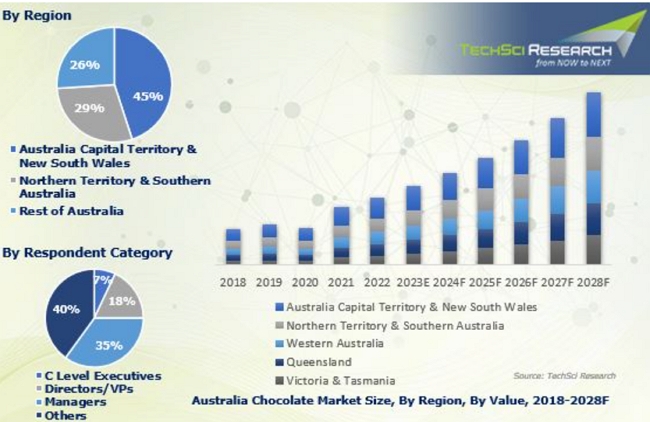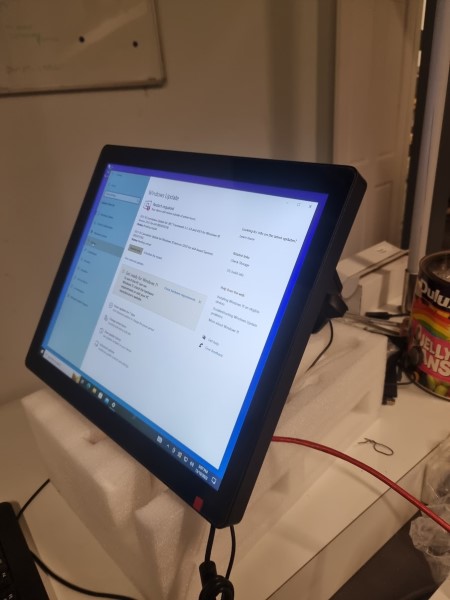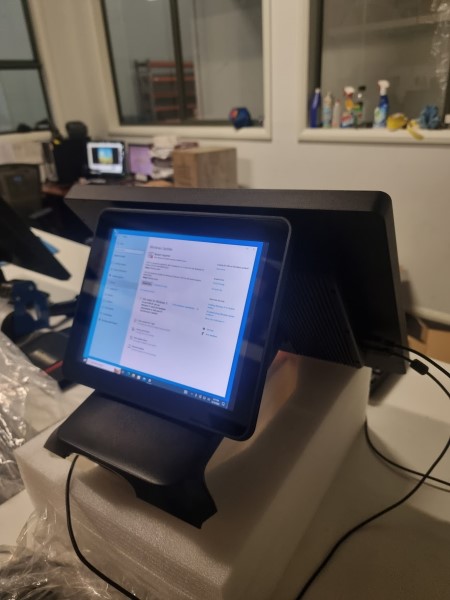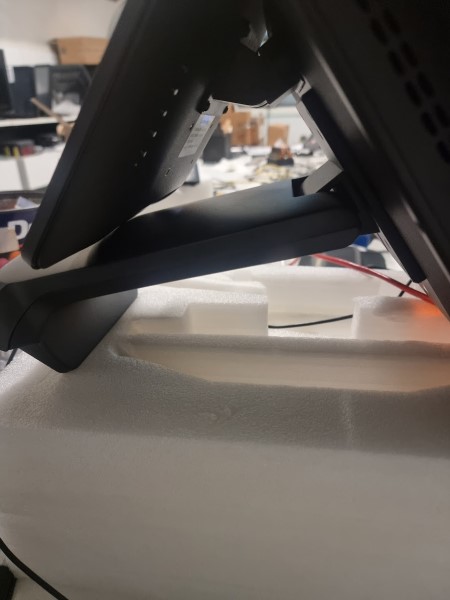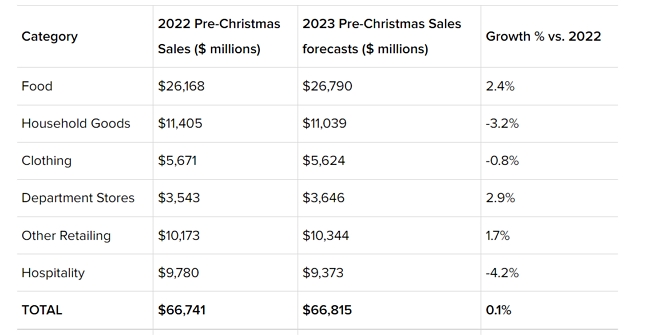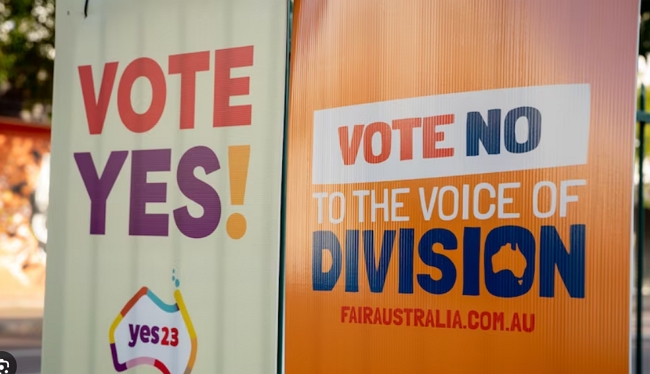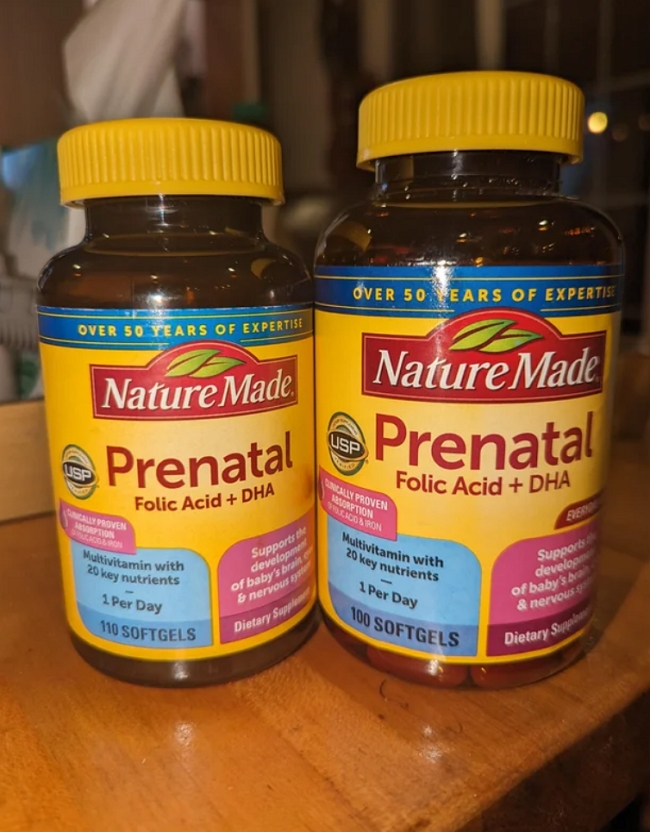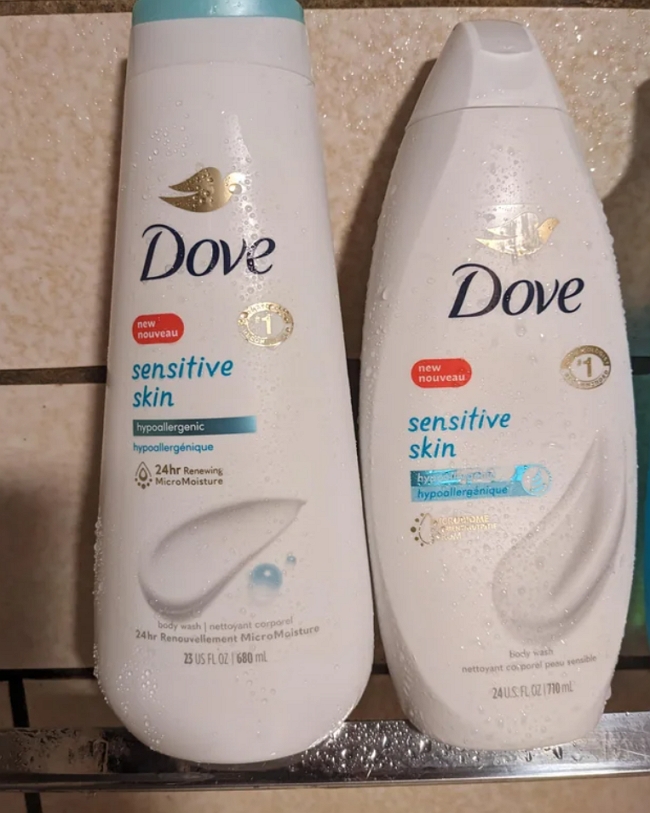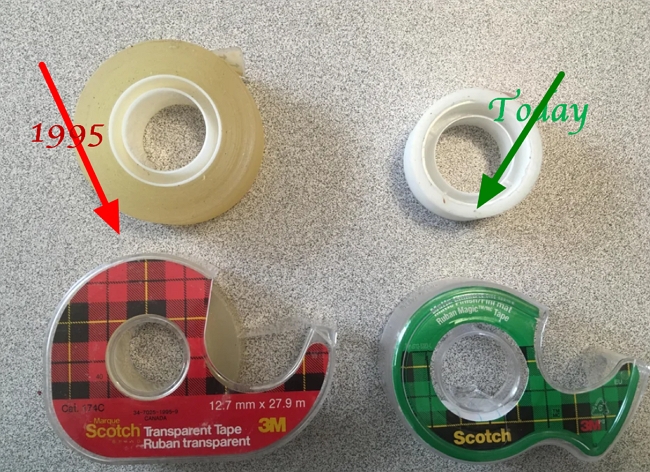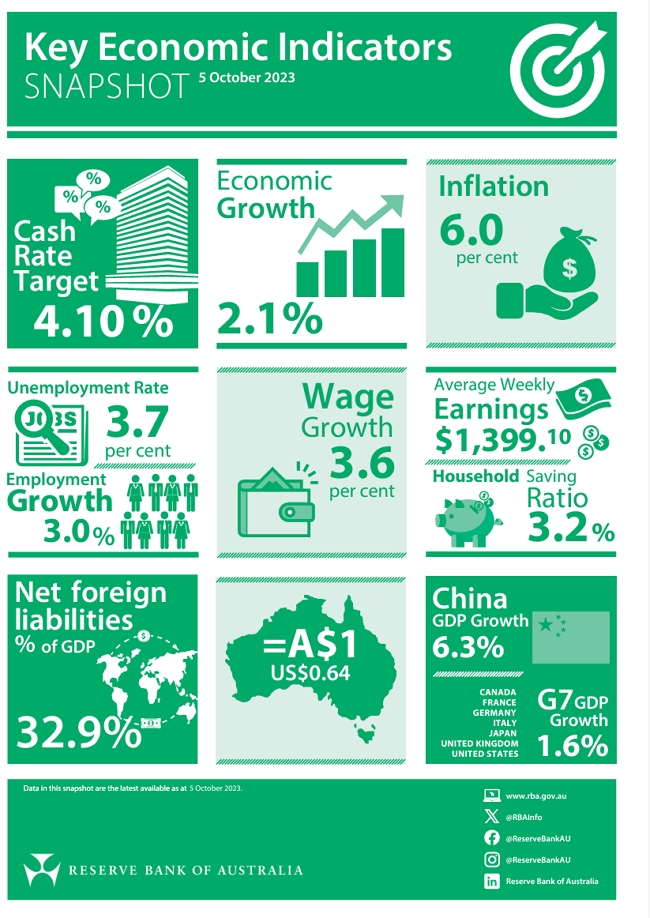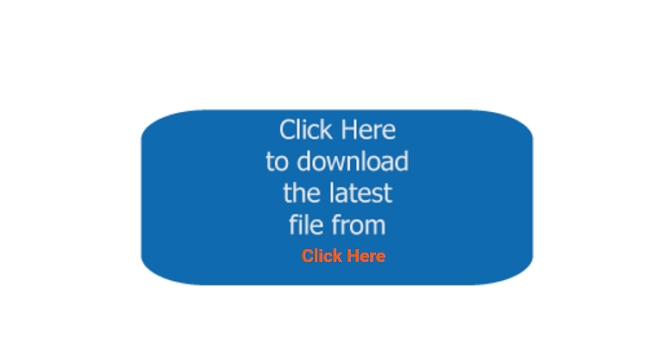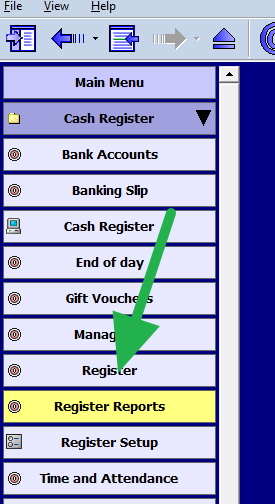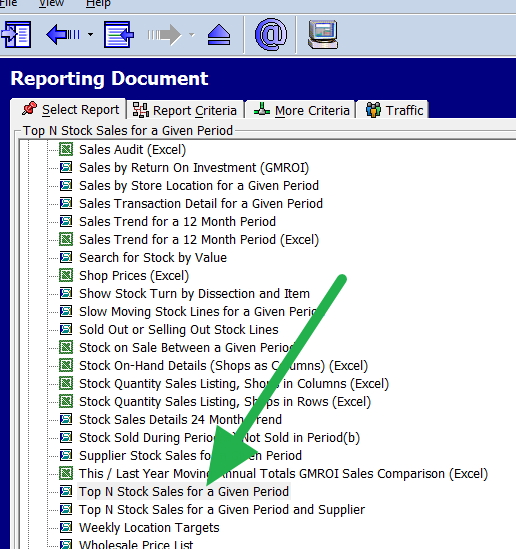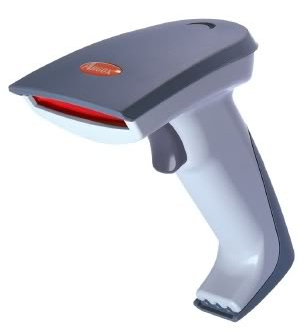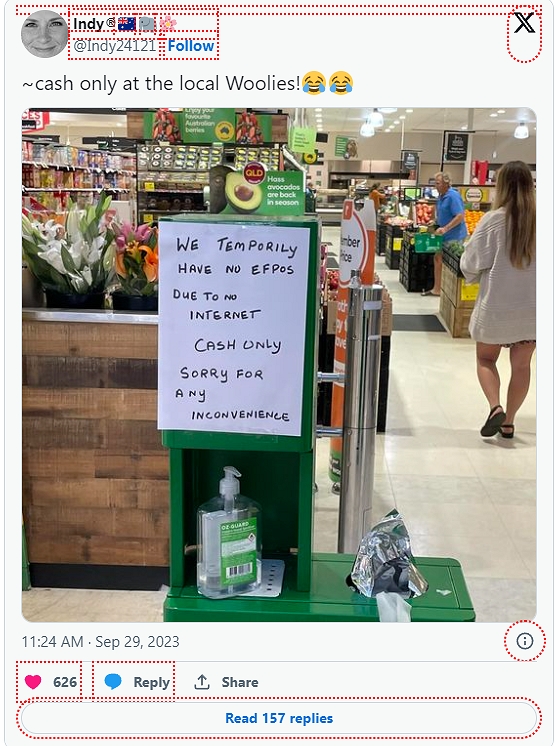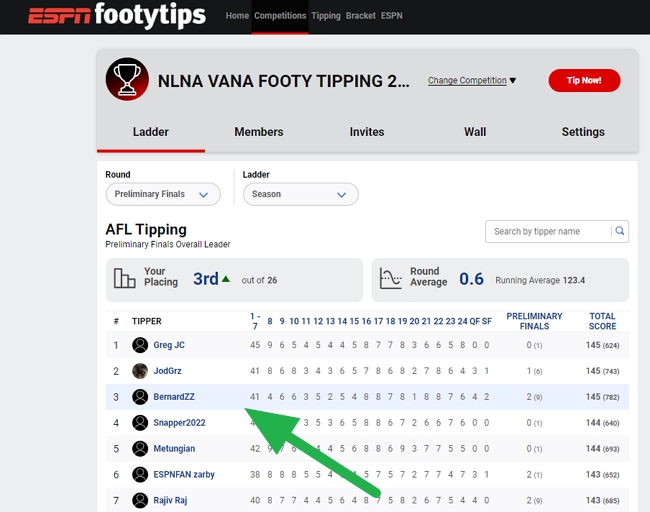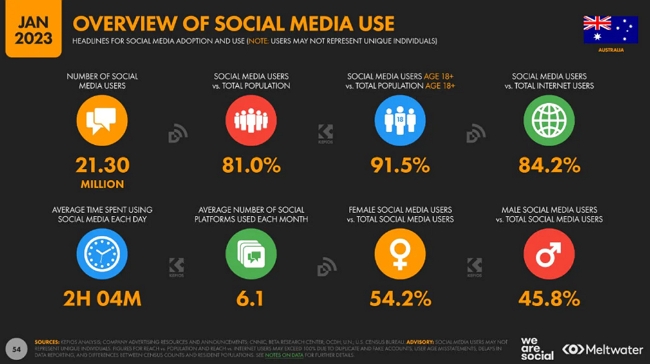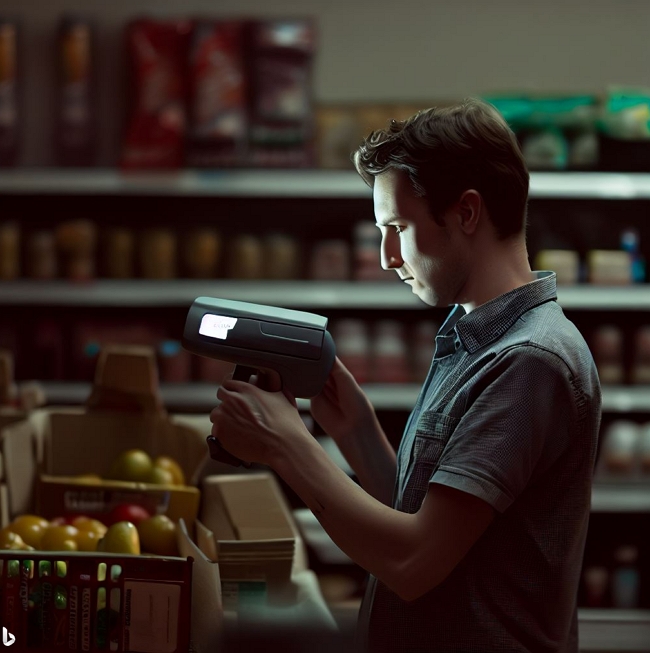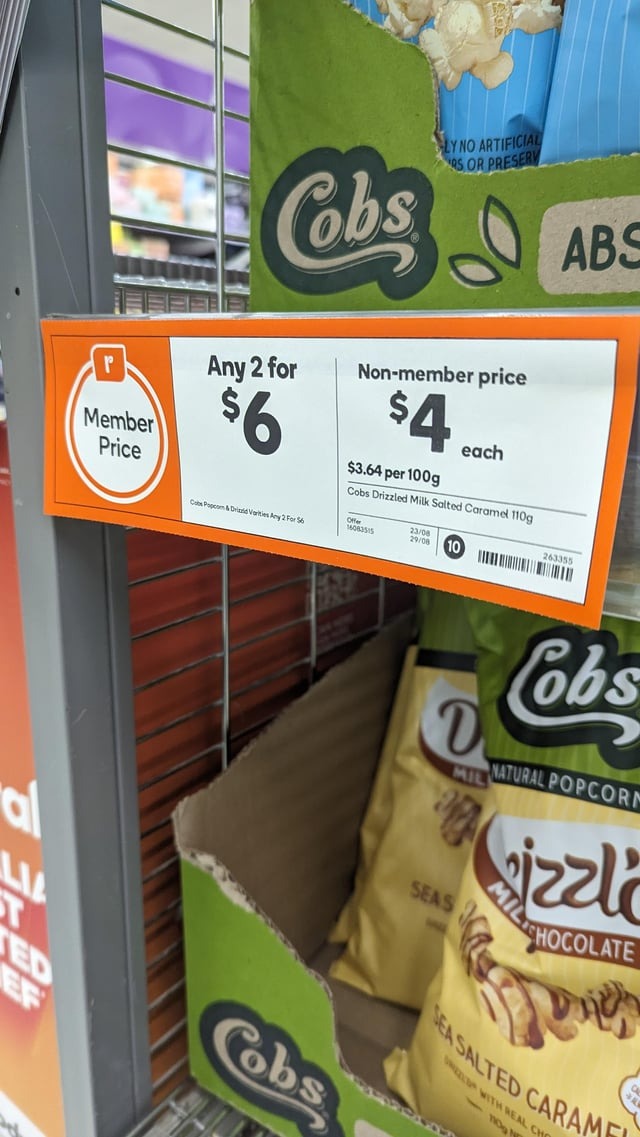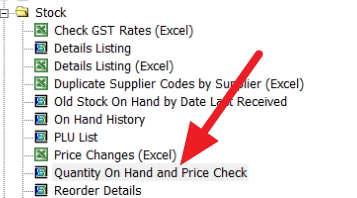
As a businessman, we all face no shortage of tasks that demand our time and attention. Managing inventory, handling customer service, marketing your products, keeping the books - the list goes on and on. With so many responsibilities and only so many hours in the day, how do you decide what to focus on and when?
The most popular and best method I have found is prioritization, it is in your Pos Software now
Here I will discuss how it works and how it can benefit your retail operation.
Overview of the P0-P4 Framework
Tasks are listed; they can be on paper or in your diary, but nowadays, most people use some software. I find Google Calendar practical, which is free. However, now I will explain the concept like it used to be done on paper, as most of you can relate to that easily.
Now you list your tasks and assign them for each event on the day you think you will work on them, so now you have a list for each day what your tasks are. If a task will take a few days, you break it up into small tasks that can be done in a few hours or less.
Now each of these tasks is assigned a number from 0 to 4 based on priority:
We use the following notation; I suggest you do, too, as it is the standard.
- P0. Your Mum is dying, the kids are in trouble, a guy just had a heart attack in the shop, and nothing else matters. This P0 block everything else and stops all thought of scheduling.
- P1. The system is down and is needed now
- P2. Some important function needed now is not working, but we can operate
- P3. Some important function is required soon, but it can wait
- P4. A non-urgent question that can wait.
This is how it would look on paper: a person goes through the list, prioritises each task and ticks off what they have done.
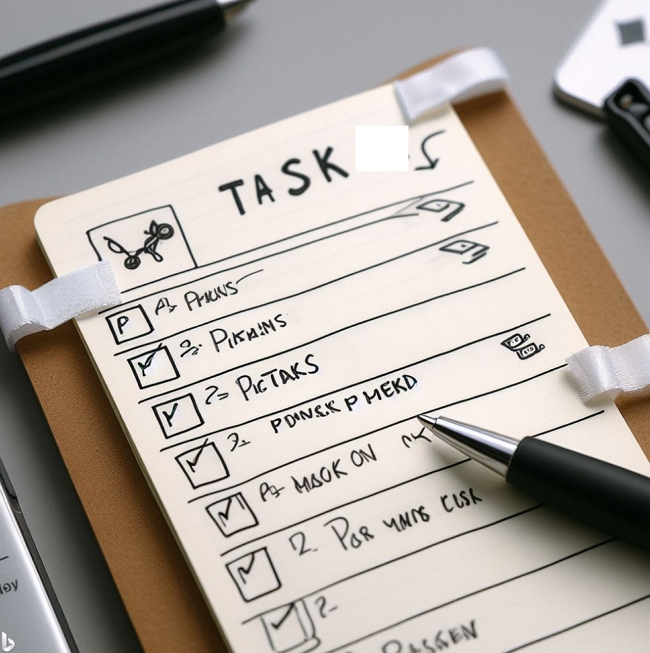
The general rule is to complete P0 tasks first, then proceed sequentially to P4 tasks as time allows.
This creates an organised method for tackling your most crucial work first. Now, keep reading to see how P0-P4 can make order amid the chaos of retail management.
P0 designates emergency tasks that demand your urgent attention. In retail, P0 situations don't come up daily, but quick action is essential when they do.
Examples of potential P0 crises:
- Your point of sale system crashes during peak business hours
- A pipe bursts and floods your store
- Mum is sick, and you need to run to the hospital
These crises require you to stop everything and address the situation. You cannot waste a minute.
Luckily, these events are rare.
P1 - High-Priority Goals
These are important tasks that require your primary focus. Often, they are very important tasks or tasks that have a closing date that is near.
Daily P1 priorities for a retailer may include:
- Handling a customer now with an issue and complaint
- Last day to order stock for the holiday season
- Balancing the till at the end of the day
- Managing tomorrow's staff schedules
These P1 tasks keep your store operating smoothly. Make time for them before tackling less vital work. Use your point-of-sale system's inventory and reporting tools to stay on top of P1 retail tasks.
P2 - Important but Less Time-Sensitive Tasks
P2 tasks are still integral to your business but aren't as immediate as P1 items. You have some leeway in when you complete them.
Retail P2 tasks could include:
- Updating store displays and signage
- Planning for holidays or seasonal inventory
- Collecting stock for return to a supplier.
Focus on these P2 priorities after handling urgent P0 and P1 tasks. Use your POS system to collect data over time that aids P2 analysis and planning.
P3 - Tasks That Can Wait
P3 contains helpful and non-urgent tasks.
P3 retail tasks may include:
- Filing old inventory paperwork
- Rearranging the shelves
- Analysis POS reports
Do these when you have time after higher-priority tasks. Avoid letting less important P3 work distract you from critical P0-P2 activities.
P4 holds optional tasks that are beneficial but not truly necessary right now. Only tackle these if all other work is complete.
Retail examples include:
- Learning more about your computer system
- Cleaning the warehouse in the back
- Researching new products
These extras can wait until everything else is done. Don't let non-essential P4 work detract from important tasks.
Benefits of P0-P4 Prioritization
Consistently using P0-P4 classification to prioritize your retail workload offers many upsides:
Increased Focus - Provides structure so you know what requires attention now versus later. It prevents you from getting overwhelmed.
Higher Productivity - Helps ensure you complete urgent critical work first. It avoids wasting time on less relevant tasks.
Reduced Stress - Gives confidence that you're focusing where needed most. Minimizes anxiety. I find myself often worrying about remembering my tasks now; putting it in a systematic order calms me down.
Time Savings - Enables getting the right things done faster. I know what I have to do each day.
Orderly Operations - Keeps your business running smoothly by tackling the most pressing issues first. It avoids problems from neglected tasks piling up.
Better Decisions - Clarifies priorities so you can make intelligent choices on time allocation and task delegation. Enables data-driven analysis of what matters most.
The overall impact is optimizing your productivity and performance. Your business operates better when consistently completing P0-P2 tasks before less vital work.
Implementing P0-P4 Prioritization with paper
Putting P0-P4 into practice takes some upfront planning, but soon it becomes second nature. Follow these steps to apply it:
1. Review your tasks - Make a master list of your current to-do.
2. Classify using P0-P4 - Review each task and assign a priority level based on importance and urgency.
3. Schedule time - Allocate time on your calendar to match the prioritized order.
4. Execute and revisit - Work through tasks starting with P0 and adjust as needed if new urgent tasks emerge.
Don't let the labelling Classify using P0-P4 overwhelm you; it rarely matters if you muck it up in practice. Use a combination of urgent, work time and essential. It produces a p0-p8 category. Look at each task for today, and then set
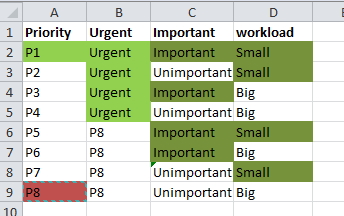
Urgent tasks: Are the tasks urgent, or can they wait? Urgent tasks cannot be pushed back. As a rule, if not done on time, you cannot do the task.
Important: If they are more important, I will do them first.
Where I disagree with many people, e.g. the Eisenhower matrix, is I believe that Urgent and Important are distinct
For example
1) The news TV show is happening at 6 pm today. If you miss the deadline, no point switching on the TV at 6:20 pm. Yet if you miss it, it's not the end of the world. You can always catch up on the news later. So I would mark this as Urgent and Unimportant. Catching up on the news is now a new task that is NOT Urgent (P8) and Unimportant.
2) Picking up my kid from school at 3:30 pm today is Urgent and Important. If my kid has an after-school activity she is happy to do until I come, the task may NOT be Urgent (P8) but its still Important.
Workload/Duration: Will it take a lot of time? I give preference to those that I can do quickly. Ideally, I want to get as many tasks off my lists ASAP so Small gets preference. The other plus of doing the Small tasks is that it boosts your ego that you have done something today.
If I have only a little time spare, I will often go through the list for tomorrow, look at the small items, and do these tasks depending on how Urgent and Important they are.
This ordering works for me.
The Drawbacks of Paper-Based Prioritization
Now, many retailers use a paper planner, notebook, or simple to-do list to organize their workload. While better than no system at all, this paper-based approach has problems:
This P0-P4 framework, which, as you have possibly noticed, is actually a p0-p8 system, provides an excellent structure for prioritizing your tasks and responsibilities. However, managing your master list on paper has some practical challenges.
Repetitive Tasks Are a Hassle
Around 40% of your tasks are typically recurring, like daily register balancing, weekly inventory checks, and monthly rental payments. Having to manually rewrite these repetitive tasks constantly is inefficient and risks forgetting tasks. It is easy to forget, hey, on the 15th I was supposed to send the rent money.
Tasks that cannot be done
Often you have to do a task and suddenly discover that a task cannot be done through no fault of your own eg you are waiting for someone else to do something. In which case how do you reschedule it? It i now in limbo.
No Visibility of Outstanding Work
Paper lists only show one day at a time. What is going to happen on a future date is unknown. There is no way of telling that next Thursday for example you are going to be flat out.
Messy
With a paper system, tasks get crossed off, rescheduled and shuffled around. Besides obscuring what you need to focus on today, it makes your diary look unprofessional, which I do not like.
No Progress Tracking
Paper alone cannot analyze time spent on tasks, spot workflow patterns, or identify recurring time-wasters. Missing this data limits your ability to improve your operations.
Pain to Share Priorities
A paper list in the back is useless for communicating priorities to others.
Paper gets lost or left at home.
It is all too typical to work everything out on paper, know precisely what has to be done and then suddenly discover you have lost or left that paper somewhere and you cannot access it when you need it.
This is why I recommend using software, but this post is getting too long for a blog. Stay tuned for my next post in a few days on how I recommend you handle and do this.
